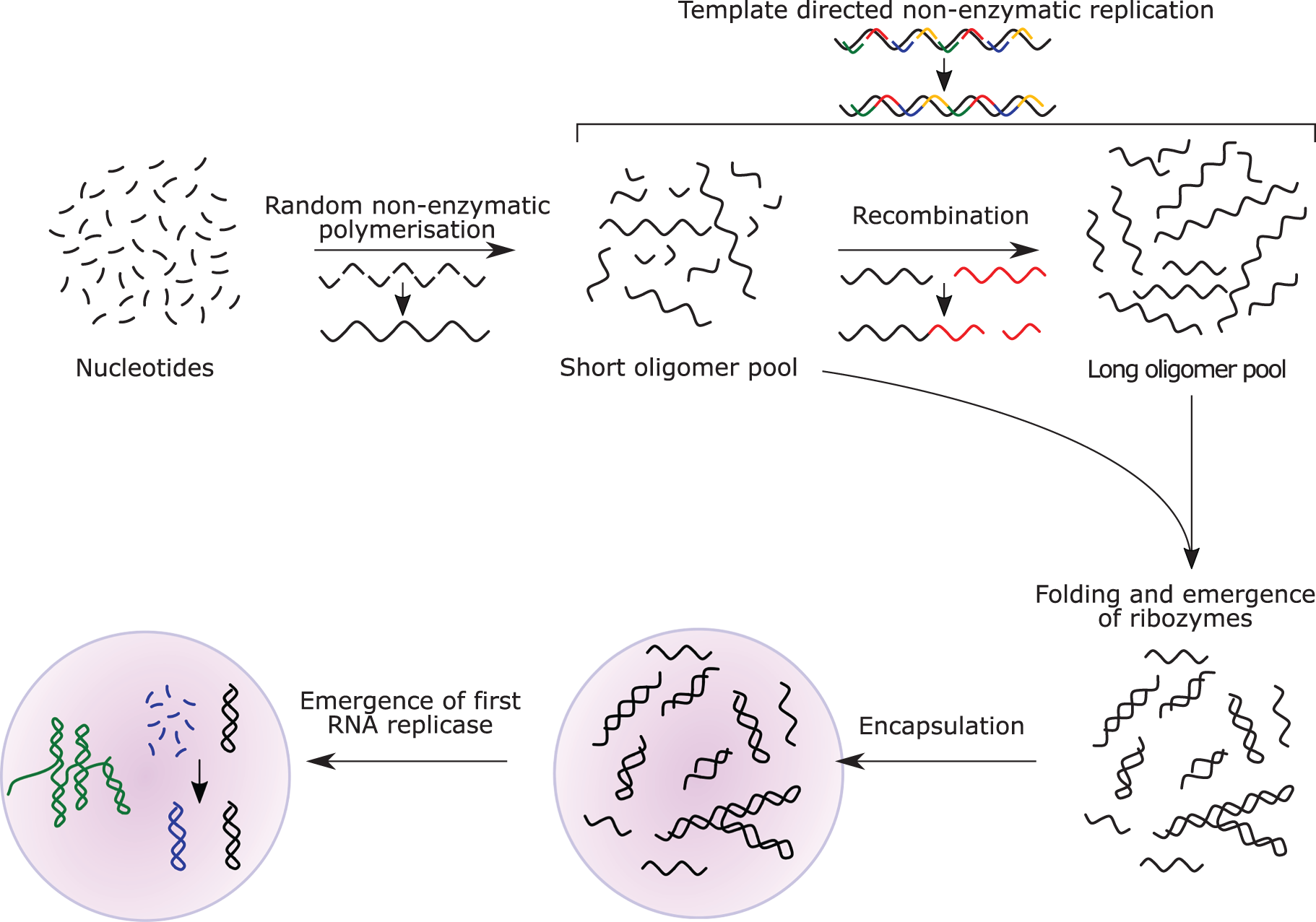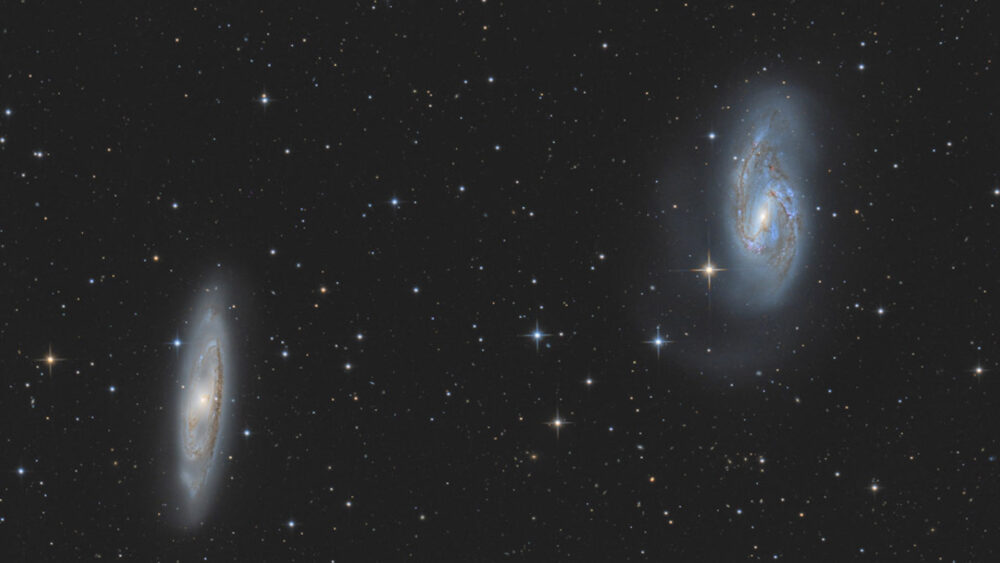Introduction
For centuries, the inquiry into how life began on Earth has occupied a special place in the minds of scientists, philosophers, and theologians. While no one has a clue about the direct answer, several intriguing theories exist to explain how the first living organisms emerged.
Did life begin with deep-sea vents, lightning strikes, or even outer space? Here are 10 of the most fascinating theories concerning the genesis of life still subject to heated debate and scientific probing.
10. Primordial Soup Theory – Life from a Chemical Mixture
Proposed by: Alexander Oparin (1924), J.B.S. Haldane (1929)
Table of Contents
It Includes:
- That life emerged in Earth’s primitive oceans with a “soup” of organic molecules.
- Chemical reactions instigated by energy from lightning or the Sun created simple life forms.
- The famous Miller-Urey experiment (1953) was able to show that under such conditions one can produce amino acids, the building blocks of life.
Fun Fact:
This theory suggests that the very first atmosphere on Earth was quite different from the present-day atmosphere: it was rich in methane, ammonia, hydrogen, and water vapor.
9. Deep-Sea Hydrothermal Vent Theory – Life in the Ocean Depths
Proposed by: Michael Russell (1980s)
It Includes:
- That life began at hydrothermal vents on the ocean floor.
- Such vents release very hot, mineral-rich water, which could have served as the power source driving organic molecule formation.
- And still today, they harbor an entire ecosystem of microorganisms called chemosynthetic bacteria.
Fun Fact:
Some scientists think that The moons of Jupiter-and Enceladus-the moon of Saturn-may also have such vents, making them possible locations for extraterrestrial life!

8. Panspermia – Life from Outer Space
Proposed by: Svante Arrhenius (1903), Fred Hoyle & Chandra Wickramasinghe (1980s)
What It Suggests:
- Life was not born on Earth but was brought here by comets, asteroids, or interstellar dust.
- Microbial life forms could have survived the journey through space and begun life on Earth when they landed.
- Some versions of this theory suggest that life is common in the universe and spreads naturally between planets.
Fun Fact:
In 2018, NASA discovered organic molecules on Mars, fueling speculation that panspermia might be possible!
7. Electric Spark Theory – Lightning Seeding Life
Proposed by: Stanley Miller & Harold Urey (1953)
What It Suggests:
- Lightning strikes on early Earth started a chemical simmering in the atmosphere, producing amino acids and other organic molecules.
- It is an electric-spark experiment to yield amino acids, wherein experimental conditions simulated those of early Earth.
Fun Fact:
Even today, lightning plays a chemical role for Earth: it shows nitrogen fixation in the atmosphere, which plants need to grow.

6. Clay Hypothesis – Life Started in Clay Crystal Surfaces
Proposed by: Alexander Cairns-Smith (1985)
What It Suggests:
- Life likely began on clay surfaces, where organic molecules compacted themselves into complex structures.
- It seems that clay minerals provided abc templates to form RNA and proteins.
- As in the development of early life, some scientists think clay offered a protective and stable environment.
Fun Fact:
Experiments have shown that RNA molecules can form and replicate on clay particles, supporting this idea!

5. RNA World Hypothesis – RNA First
Proposed by: Carl Woese, Francis Crick & Leslie Orgel (1960s-1980s)
What It Suggests:
- Before DNA and proteins, life was based on RNA (ribonucleic acid).
- RNA can store genetic information AND act like an enzyme, meaning it could have self-replicated and evolved.
- Over time, DNA and proteins replaced RNA as the main molecules of life.
Fun Fact:
The discovery of ribozymes (RNA molecules that catalyze reactions) stands in support of this theory by suggesting that some early life forms didn’t depend on proteins!

4. Iron-Sulfur World Theory – Life Began in Volcanic Conditions
Proposed by: Günter Wächtershäuser (1988)
What It Suggests:
- Life began on hot, volcanic surfaces, where iron and sulfur minerals offered energy for chemical reactions.
- These reactions synthesized organic molecules and allowed the rise of primitive metabolic pathways.
- Some of the earliest-known bacteria still thrive in hot, sulfur-rich conditions today.
Fun Fact:
Thus, bacteria living near geothermal vents today bear a striking resemblance to the hypothetical early life forms proposed by this theory!
3. Bubble Theory- Life Began in Foam or Bubbles
Proposed by: David Deamer (2000s)
What It Suggests:
- Organic molecules formed in bubbles or foam on the surface of ancient oceans.
- The bubbles created a safe environment where molecules could gain complexity.
- Eventually, some of those bubbles became the first cell membranes enclosing genetic material.
Fun Fact:
Some scientists have been able to create protocells (primitive cell-like structures) in lab experiments by using lipid bubbles; this evidence supports this idea!
2. LUCA-LUCA, the First Life Form
Proposed by: Multiple scientists based on genetic evidence
What It Suggests:
- All life on Earth evolved from a single ancient microbe called LUCA.
- LUCA lived three and a half to three point eight billion years ago and possessed basic genetic material and metabolic functions.
- Genetic studies suggest LUCA probably inhabited a hot, oxygen-free environment.
Fun Fact:
LUCA was probably similar to modern bacteria and archaea, but it was NOT the first life- it was just the last ancestor of everything alive today!
1. The Hypothesis of a Simulated Universe-Live Life: A Simulation?
Proposed by: Nick Bostrom (2003)
What It Suggests:
- Well, what if life didn’t naturally evolve? What if each life form was created via a simulation?
- Some scientists and philosophers’ thoughts propose advanced civilizations might have simulated an entire universe.
- Perhaps the laws of physics or life itself are nothing other than programmed rules!
Fun Fact:
Some researchers think quantum mechanics and the nature of consciousness might provide some evidence for this wild theory!

Conclusion
The origin of life remains one of the greatest mysteries of science. Although none of these theories can be substantiated one hundred percent, they bring us a step closer to understanding the origin of life. Among the deepest ocean vents, beginning from extraterrestrial origins, the development of life will continue to be one of the most soulful paths to explore!
What do you find interesting? Please feel free to tell us in the comments.
Top 10 Lists of the people, things, places, most expensive, animals, most popular, luxury and high rankings of world. World's Top Insider focuses on the top ten lists of best, greatest and top rankings in the world.


